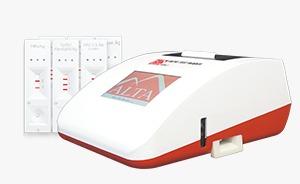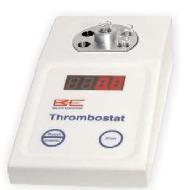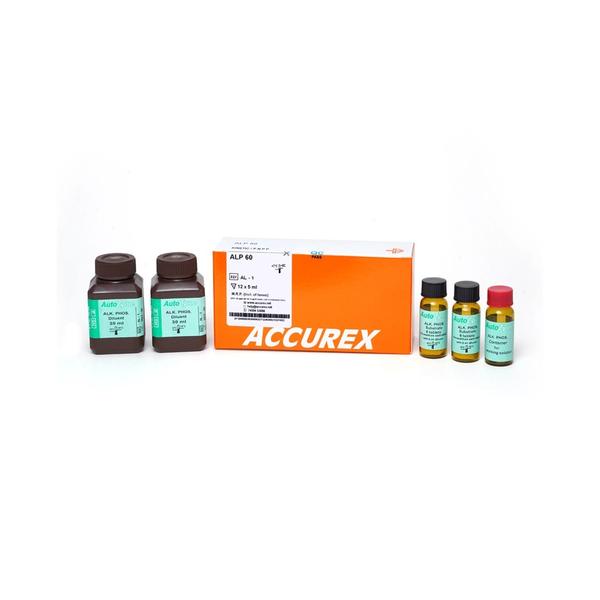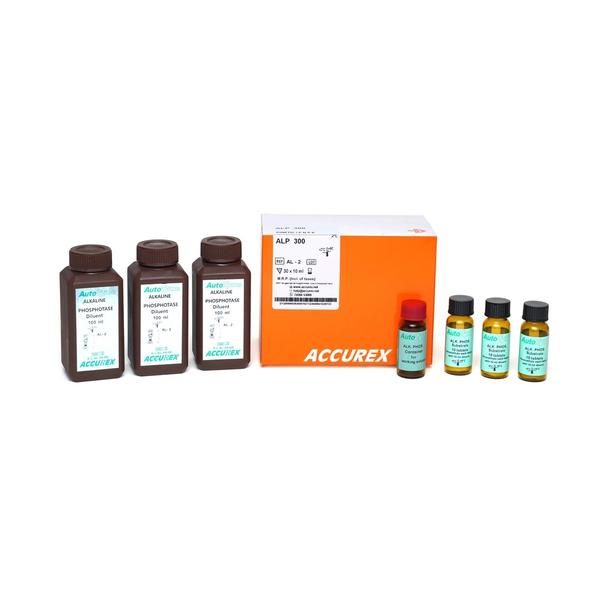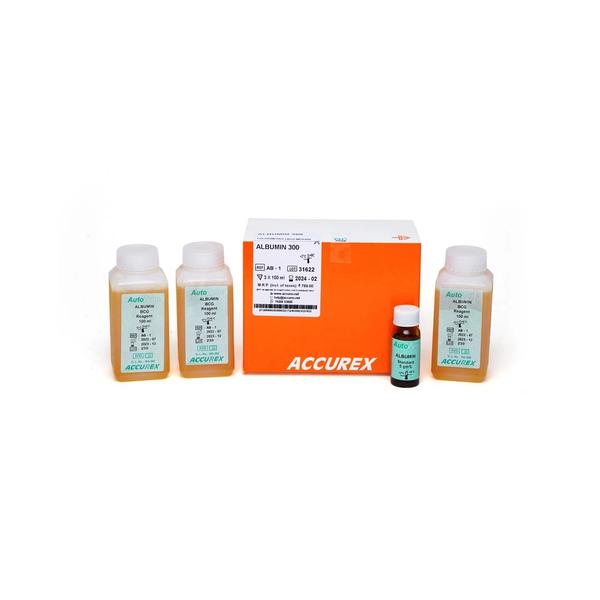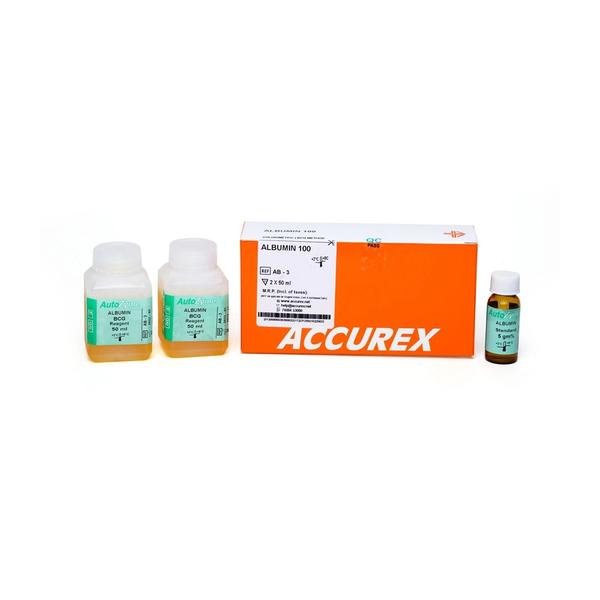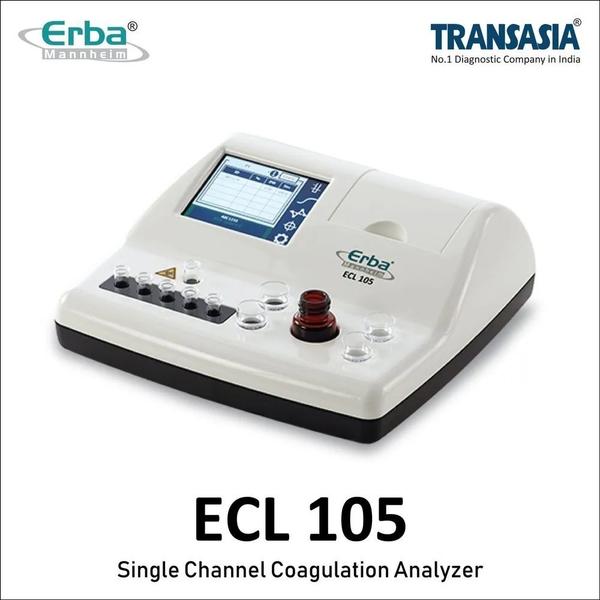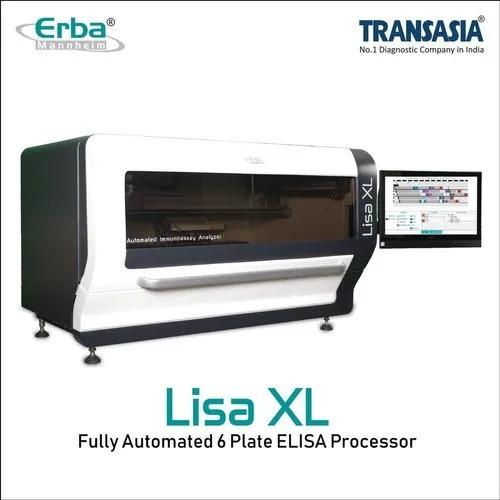The new and improved RTR-1 uses an image processing method. During measurement, the lateral flow device is captured using a 5-mega pixel camera and the picture is analyzed using image processing algorithms for identification of either presence or absence of test line bands or test line band intensity levels. The reader converts the image into a grayscale and then classifies the intensity levels of the image in 0 to 255 grayscale range. The image processing algorithm undergoes various levels of filtering and segmentation to yield the correct intensity levels from the picture. Based on the preconfigured intensity levels, the reader classifies the band intensity and reads out the results as either positive or negative. ACCURACY: Less than 3% intra-run CV Eliminates subjective interpretation by operator FLEXIBILITY: Single mode for low volume test setting Batch mode allows for high volume test setting Result output as semi-quantitative line intensity and visual image EASE-OF-USE: Built in barcode reader provides faster test setup Touch screen interface for easy operation Lightweight (0.7kg) and portable DATA MANAGEMENT: Results presented on screen, on a printout or uploaded to reader database Storage capacity of 1,000 test results (including images) Laboratory Information System (LIS) and Wi-Fi compatible Human Machine Interface 4-inch resistive touch screen Camera 5 mega pixel CMOS camera Barcode Scanner Integrated 1 dimensional barcode scanner Printer 48 mm inbuilt thermal printer Mode Single mode and batch mode operations Port/USB Data export and software upgrade through 2 USB ports Storage Storage capacity of 1000 test results (including images) Result output “Positive or Negative” as well as quantitative test line intensity Power 12V 2A Processor ARM Cortex-A53 Platform Embedded Linux Dimension 220 mm X 170 mm X 110 mm (L x B x H) Weight 0.7 kg (Approx CATALOG # PRODUCT RTR-1 Rapid Test Reader OTHER PRODUCTS YOU MIGHT BE INTERESTED IN.. CATALOG # PRODUCT ADX-110 ELISA Reader ADX-120 Microplate Washer
Send Message